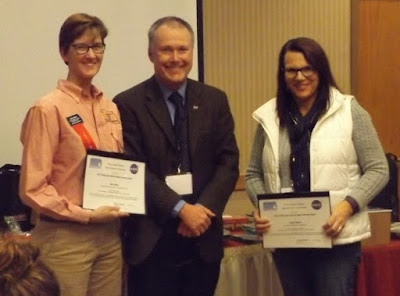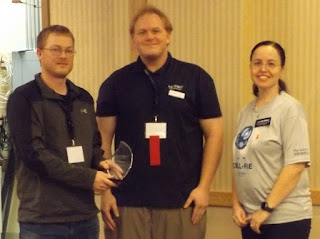 |
| A video message from Secretary Schopp |
Forty years ago, I entered the classroom as an elementary teacher because I like working with kids. I never could have imagined the trajectory my career would take, ending here in Pierre, leading the state Department of Education.
Through all of it, my greatest joys have never changed: helping kids and working with fellow educators.
We spend our early years preparing for a career, the bulk of our adult lives working, and then what? I have been asked many times lately if I am counting down the days to retirement from state government, and I can honestly say no, as it is such a bittersweet decision.
I knew this part of my career would eventually come to an end, but I think I expected a clearer answer to the question: how will I know when I’m done?
I’ve always looked for ways to improve, whether as a practitioner in the classroom or as a public official. So I guess I should have known I’d never really feel as though the work were done.
But I hope I’ve done my part to make things better. I step away from this position knowing that the department is in good hands, our state’s education system is strong and there is clear vision for where we are headed.
Most educators retire quietly, having touched so many lives over the course of their careers. That makes writing this farewell message a humbling experience. While my role at the state level has put me in a spotlight, the work has never been about me.
It has been an honor to serve the students and educators of South Dakota. Thank you.





































